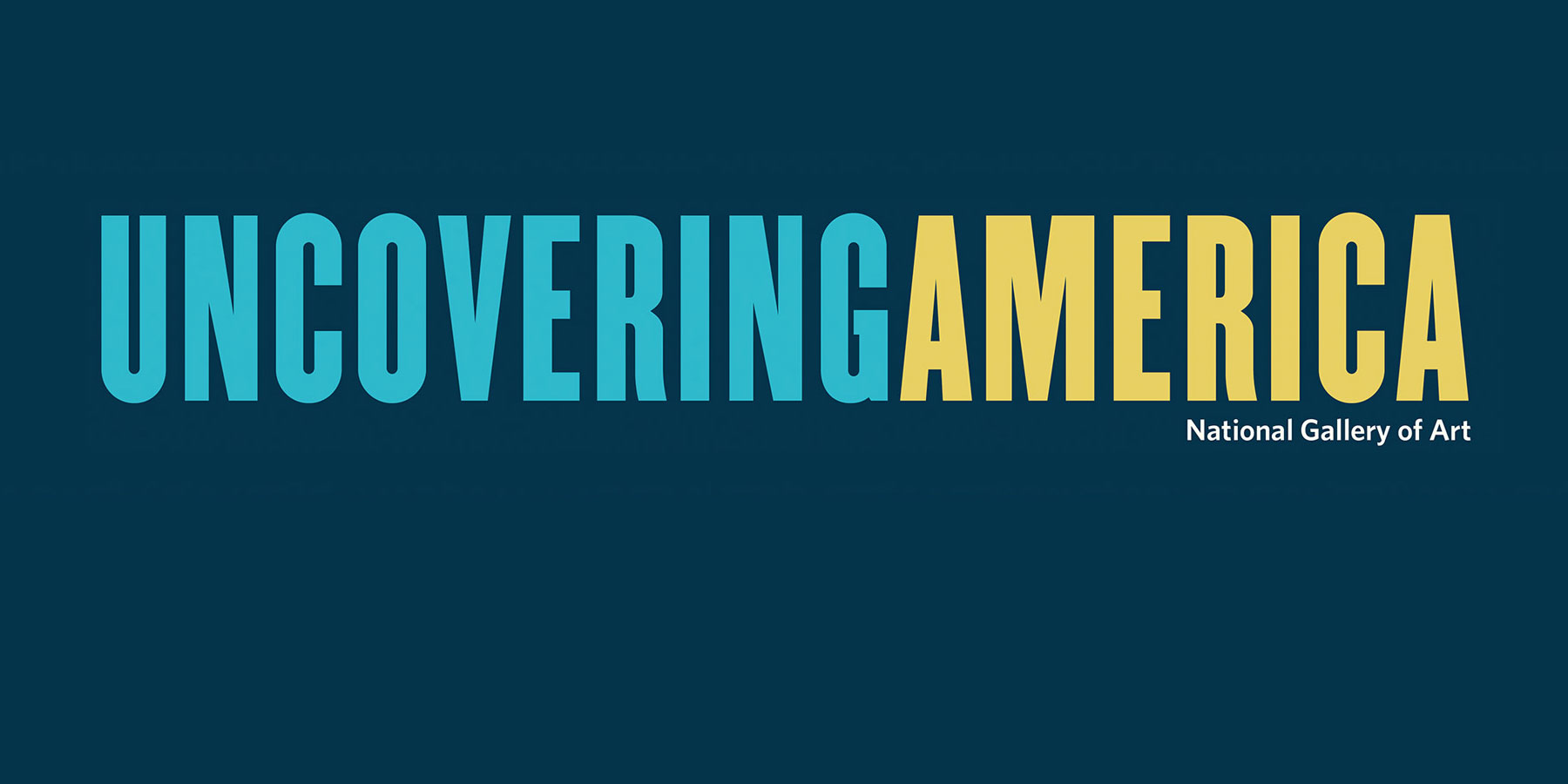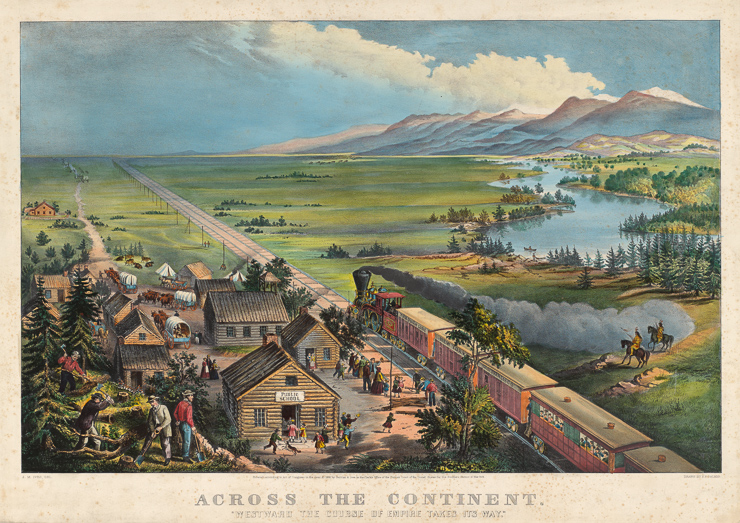Invite individuals or small groups of students to examine reproductions of
- Brian Floca, Locomotive (New York: Atheneum Books, 2013)
- Julius Lester and Jerry Pinkney, Black Cowboys, Wild Horses (New York: Dial Books, 1998)
- Louise Erdrich, The Birchbark House (New York: Disney-Hyperion, 2002)
- Sherry Garland, Valley of the Moon: The Diary of María Rosalia de Milagros (New York: Scholastic, 2001)
After reading or hearing the story, identify areas of inaccuracy or exaggeration in Across the Continent with students. What changes do they suggest for the picture? Whose perspectives should be included in the story? Ask them to write or create a new story from a single point of view. What would they see, hear, feel, and experience? Alternatively, students could modify or create a new version of Across the Continent using art materials or perform a dramatic story as a small group.
Encourage students to develop a new title or headline for their story or work of art after it’s completed.






